Bindweed Can Very Quickly Get Out Of Control – Why Weedkiller Is Not The Solution
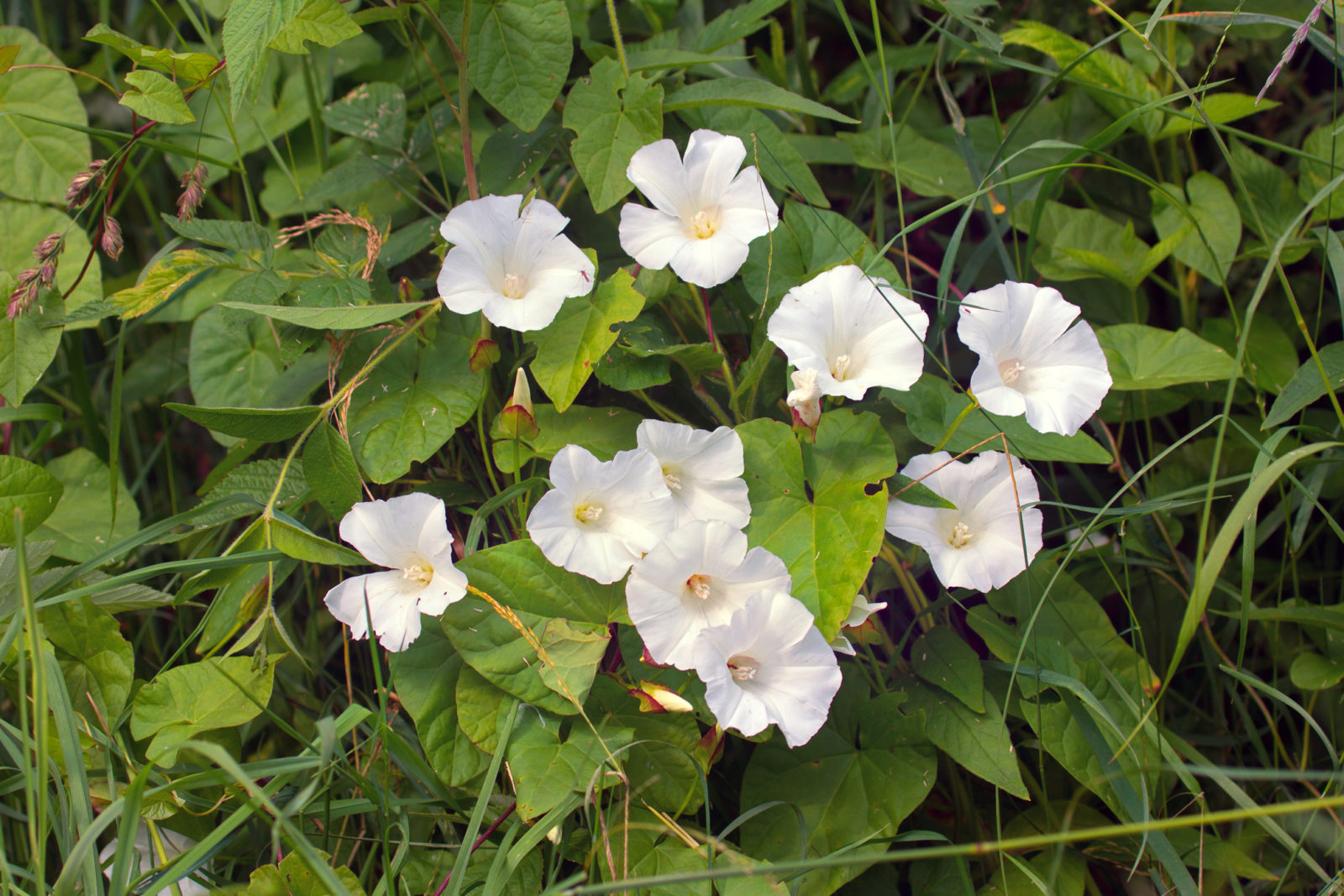

Elizabeth is a Permaculture Garden Designer, Sustainability Consultant and Professional Writer, working as an advocate for positive change. She graduated from the University of St. Andrews with an MA in English and Philosophy and obtained a Diploma in Applied Permaculture Design from the Permaculture Association.
Reviewed By COLIN SKELLY

Colin is a Horticulturist and Horticultural Consultant with experience in a range of practical and managerial roles across heritage, commercial and public horticulture. He holds the Royal Horticultural Society’s Master of Horticulture award and has a particular interest in horticultural ecology and naturalistic planting for habitat and climate resilience.
Bindweed is a pernicious weed which many gardeners find a major problem.
This is a weed which can very quickly get out of control, and unfortunately, in an organic garden, there are no quick and easy solutions.
Organic growing does take a bit more work in certain circumstances, but it is always the best policy for those who care about wildlife, people and the planet.
In this article, we will talk about bindweed, and help you understand how to keep it under control in an organic garden.
What Is Bindweed?
Bindweed is the name given to two problematic garden weeds.
The first is ‘Hedge Bindweed’, also known as ‘Bellbind’ – Calystegia sepium.
The second is ‘Field Bindweed’ – Convolvulus arvensis.
Both of these plants are trumpet-flowered perennials, which can actually look rather attractive in the right setting.
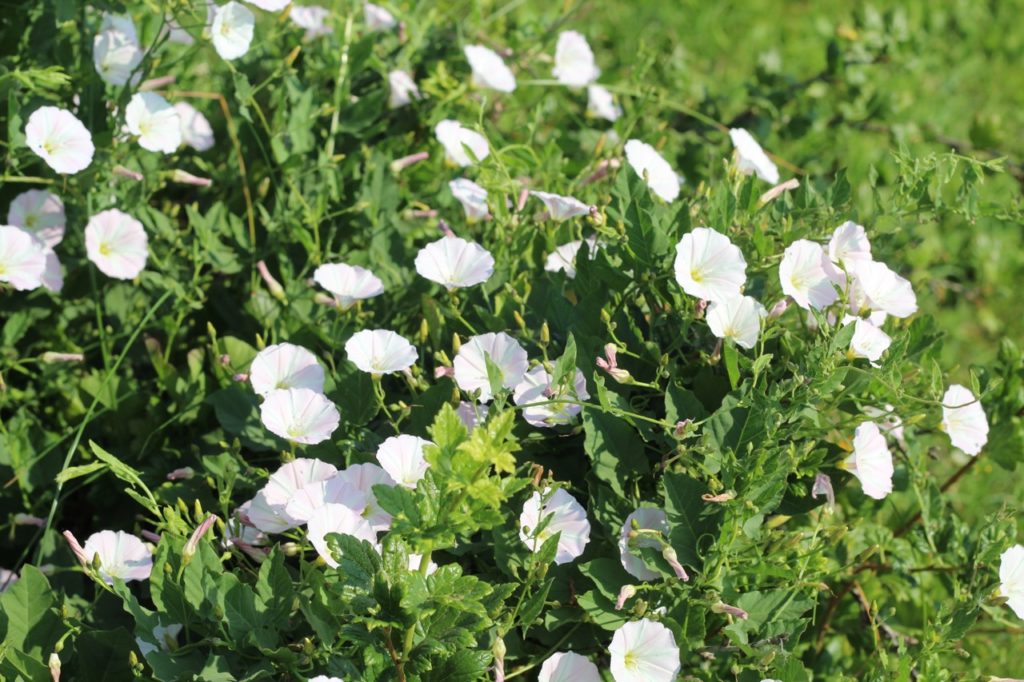
Bellbind is, as the name hedge bindweed suggests, a typical hedgerow plant.
It climbs over and can smother hedgerow plants and even smaller trees.
It has strong stems, heart-shaped leaves and large white trumpet-shaped flowers.
Field bindweed resembles the above, but has weaker stems, and smaller flowers which are also trumpet-shaped and can be white or pink.
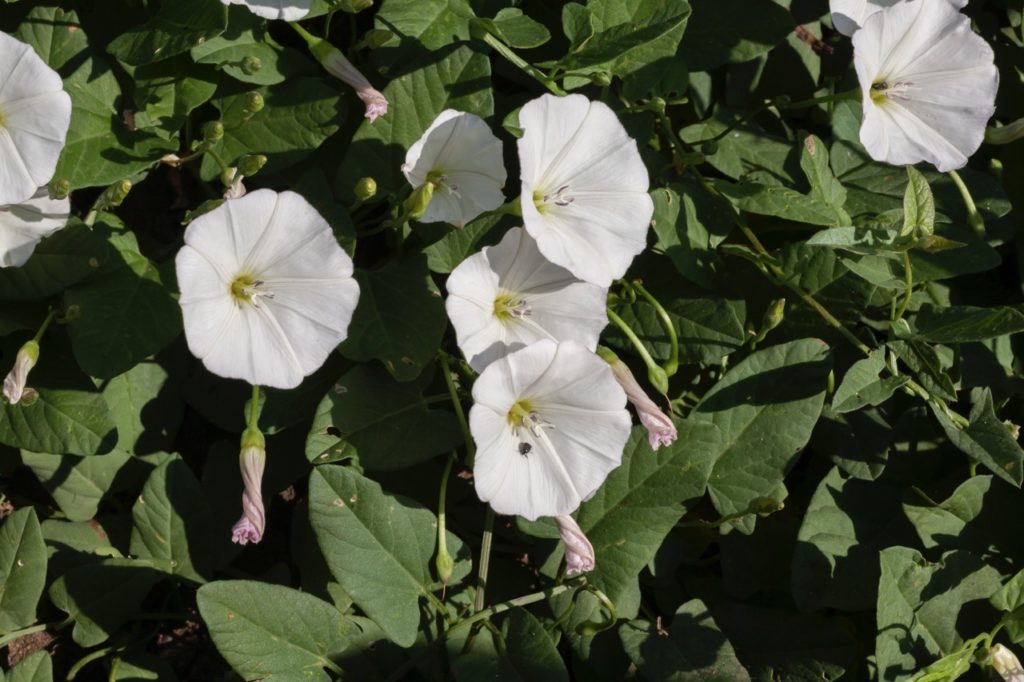
These plants can be beneficial in a garden.
The flowers provide pollen for bees and other pollinators and are a source of food for Lepidoptera species such as convolvulus hawk moths.
Unfortunately, however, both can be a bane for gardeners, since they twine around other plants, smothering them and affecting their growth, or even killing them.
So, while they may be welcome if not excessively growing in your garden, they are commonly a major issue where they grow more prolifically.
Why Is Bindweed A Problem?
Bindweed (of both types) is a problem because it can thrive in a range of settings, quickly taking over cultivated areas.
Since these plants spread from the tiniest fragments of underground stem, which can penetrate extremely deeply (5m or more) into the ground, they can be extremely difficult to eradicate from growing areas.
Established colonies can also spread out 2m or more in a single year of growth.
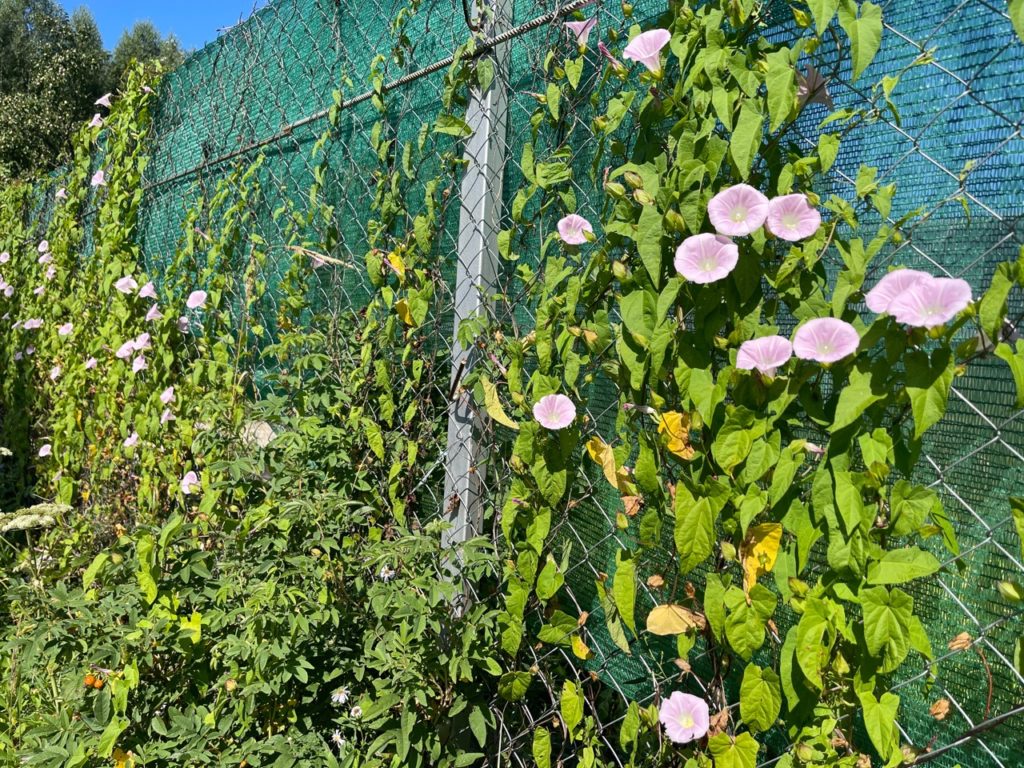
Bellbind rarely produces seeds, but field bindweed produces seeds freely, and both can be viable for several years in the soil.
Bindweed may not be an issue when it is within a wilder scheme, and where it is not adversely impacting the plant life around it.
However, it can be a problem where it is growing particularly prolifically, or, of course, where it has made its way into cultivated beds and is impacting crops or prized ornamental plants.
Why Weedkiller Is Not The Solution
Topical application of weedkillers such as those containing glyphosate is effective against these weeds, but in an organic garden, weedkiller is not the solution.
Keeping your garden organic and creating thriving, abundant, biodiverse and resilient ecosystems is always the best policy.
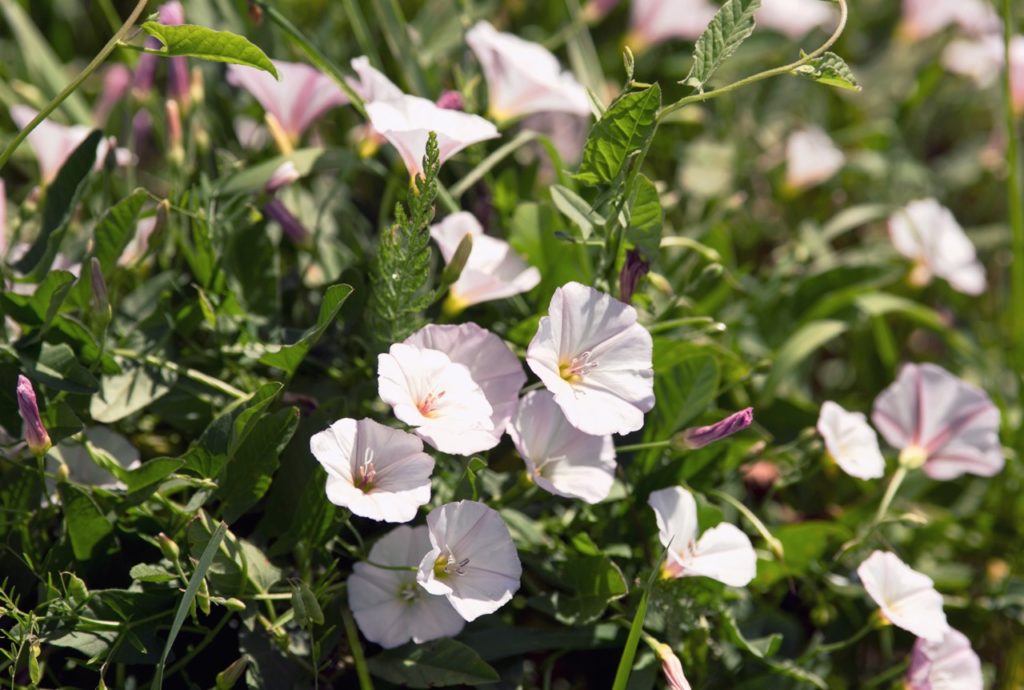
Remember, non-selective weedkiller won’t just kill the weeds, but also any other plants with which it comes into contact.
Since bindweed tangles around other plants, isolating the plants for chemical treatment can be challenging, especially with larger-scale colonies.
Manual Removal
While it is a large amount of work, manual removal of the above-ground portions of the plants, and ideally as much of the root system as possible, is really the only solution when it comes to containing bindweed or eradicating it from a particular bed or growing area.
This can be achieved with a fork, working carefully over an area of soil and carefully removing as much of the root as you can.
It is best to work quickly, soon after new growth appears in the spring, and then to keep your eyes open and repeat this procedure whenever new growth emerges.
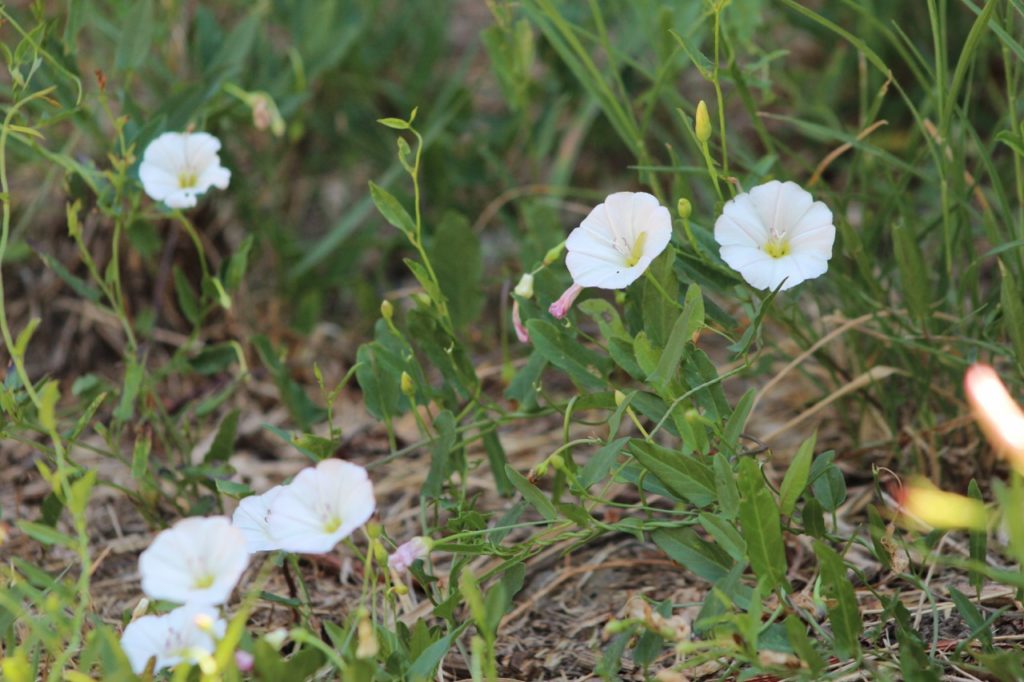
It is unlikely that you will entirely eradicate bindweed from a given area over just one season, but manual removal of this kind should keep it in check and prevent its further spread.
If bindweed has infiltrated a bed with existing plants that you do not wish to disturb, then you should use a hoe to sever the tops off the plants at ground level.
This is not a one-and-done job though, and you will need to repeat this process every 10-14 days through the whole of the growing season.
This should weaken the plants and stop them from regenerating as effectively from their roots.
Preventing Spread
If you have been successful in eradicating bindweed from a garden bed or border through the cultural control mentioned above, you should note that new colonies can still establish from seed or root growth from adjacent areas or adjacent properties.
New seedlings should of course be removed immediately from areas where they may become a problem.
Wherever possible, it is also a good idea to consider installing a physical barrier 45cm deep into the soil along the edge of an area to prevent bindweed roots from creeping under a fence or other boundary.
If bindweed is a persistent problem in kitchen garden beds, you might also consider creating bed edges which descend into the soil as well as rising above it to reduce the chances of bindweed making its way into those beds.
Preventing spread also means being careful about the compost and other materials you bring onto your property, and the material in which plants you buy have been grown, as Master Horticulturist Colin Skelly shares:
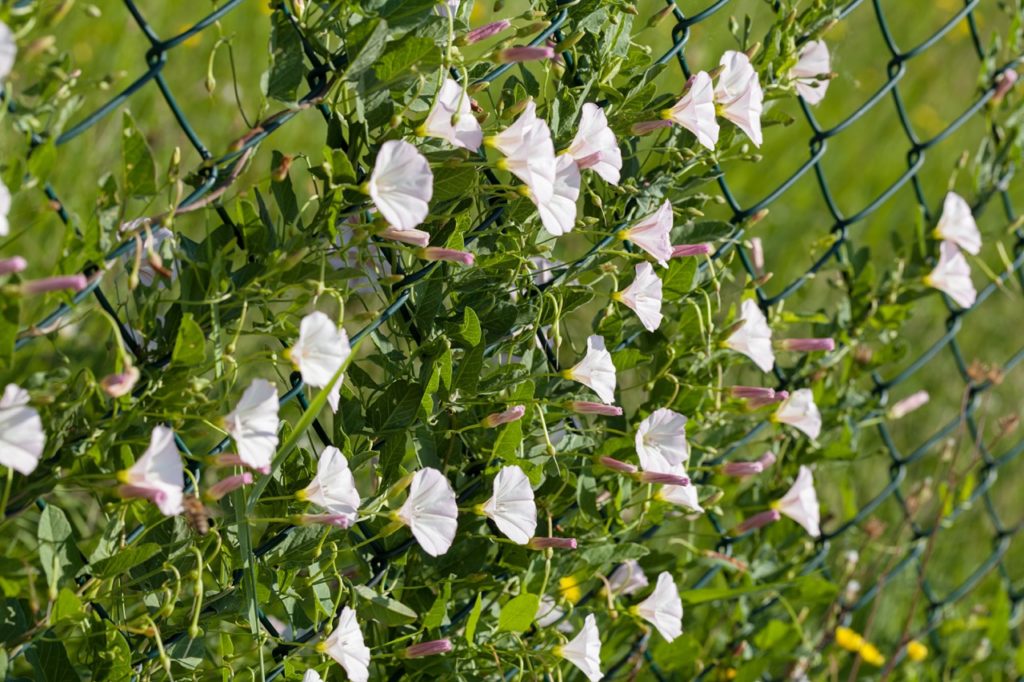
“This is how bindweed made its way into my garden – in a load of green waste compost.
“It is in a densely grown bed of perennials with plenty of competition for light, nutrients and water, but it invariably finds a gap and begins to climb and smother other plants.
“The only option is to locate the root source and try to take as much root up as possible, which is not easy as the white root breaks easily and will regrow to form new plants.
“Determination and rigour will pay dividends but eradication is very difficult once it is established.”
If you decide to tolerate areas of bindweed in certain parts of your organic garden for the sake of local wildlife, it is best to keep it contained, especially by making sure it does not set seed and become a bigger issue for other gardeners in your area.
Creating Competition & Ground Cover
Bindweed is a vigorous plant which can outcompete many others, but there are plants which can compete with it effectively.
Where there is enough competition for nutrients and water, resources will be scarcer for the bindweed and it will not grow as prolifically if it grows at all.
So, while it will not keep bindweed out of your garden altogether, keeping the soil well covered, with living roots of plants you want in the soil at all times, can help reduce the incidence of bindweed issues and other weed problems.
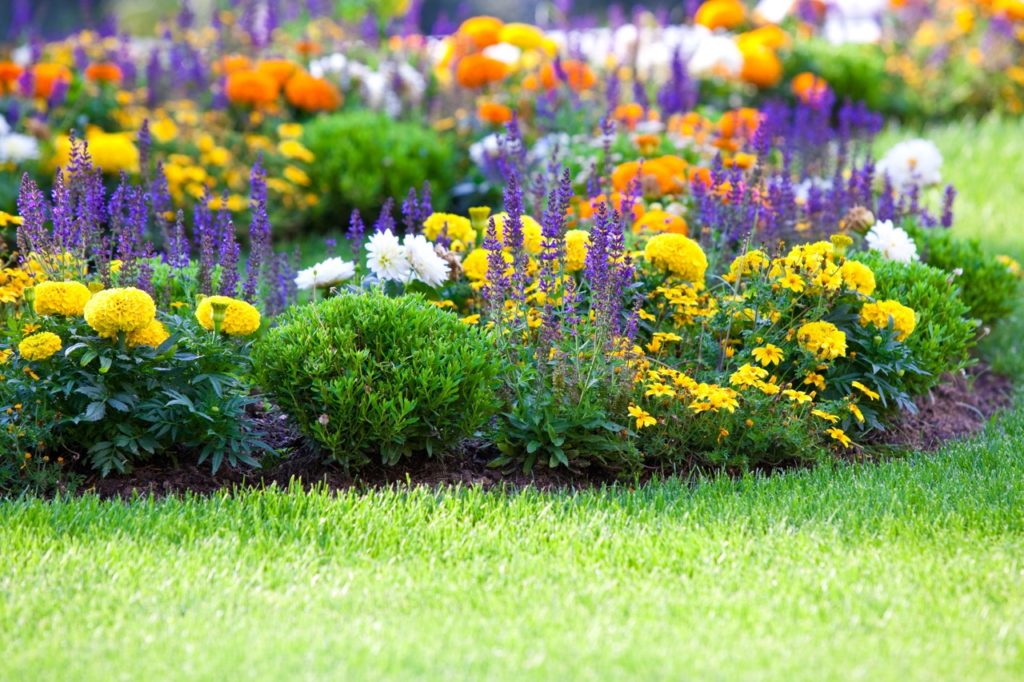
Plant densely in perennial schemes, creating polycultures of plants which aid one another and work well as a holistic ecosystem.
Layer plants in the space and make sure that there is good ground cover.
A ground cover of chickweed, for example, has been used to suppress field bindweed in vineyards.1Chickweed : Board of Pesticides Control. (n.d.). Maine DACF. Retrieved March 9, 2023, from https://www.maine.gov/dacf/php/gotpests/weeds/chickweed.htm
A sequence of autumn and spring-sown green manure or cover crops in agricultural settings was also found to give good results against field bindweed.
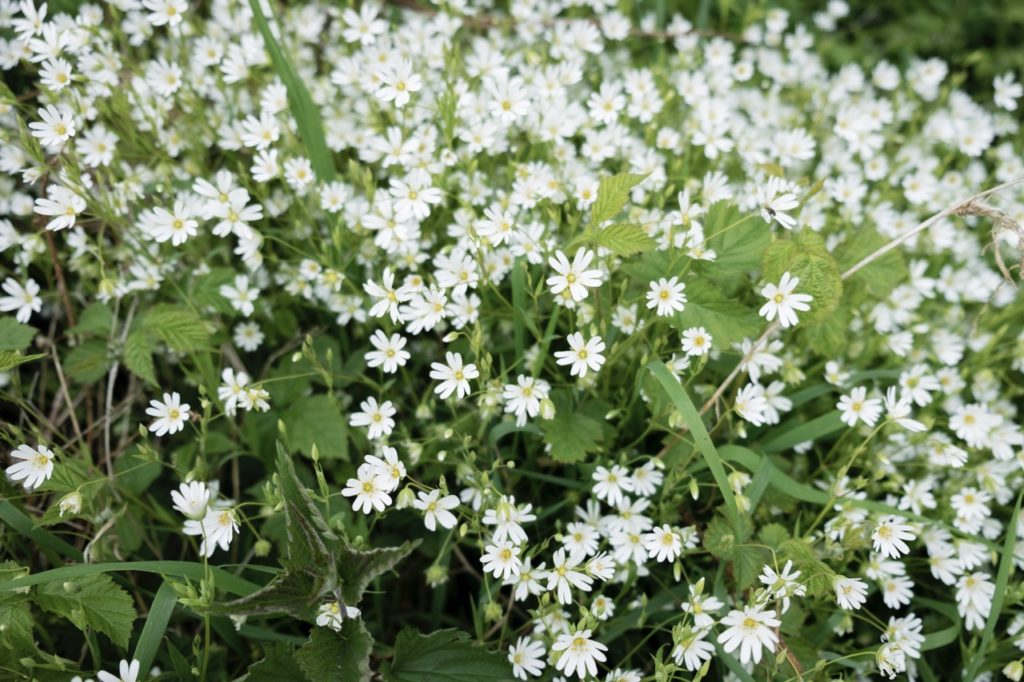
These give clues that can inform organic practice in domestic gardens too.
Use living mulches of chickweed or other prolific low-growing plants between other plants in perennial planting schemes, or crop plants in a kitchen garden or vegetable beds.
In areas of annual food cultivation, use green manures or cover crops to fill in any gaps in the planting throughout the year.
These strategies might not keep bindweed out of your garden altogether, but they might play a role in making sure it does not get entirely out of hand.
References
- 1Chickweed : Board of Pesticides Control. (n.d.). Maine DACF. Retrieved March 9, 2023, from https://www.maine.gov/dacf/php/gotpests/weeds/chickweed.htm
